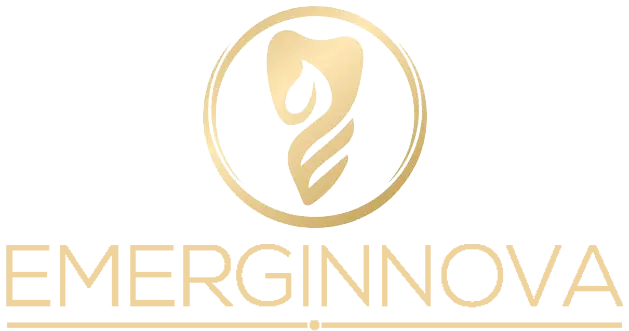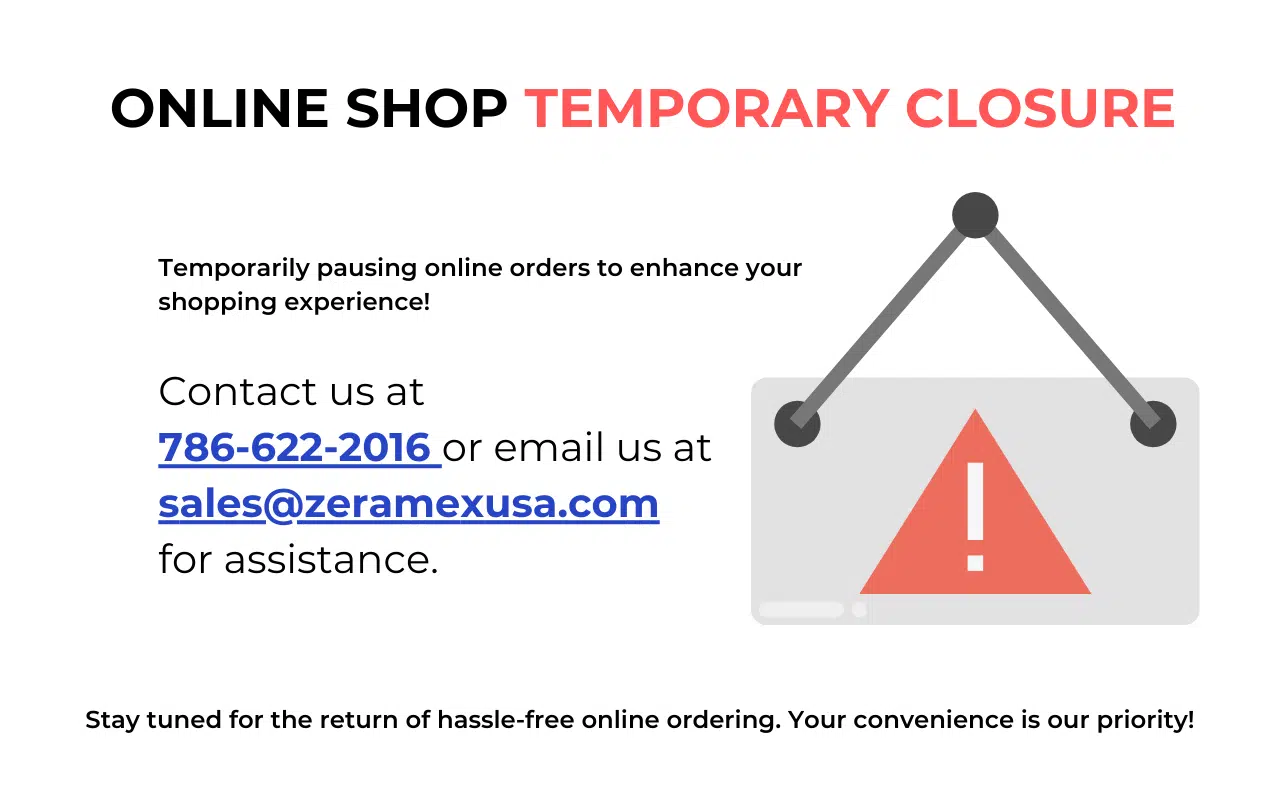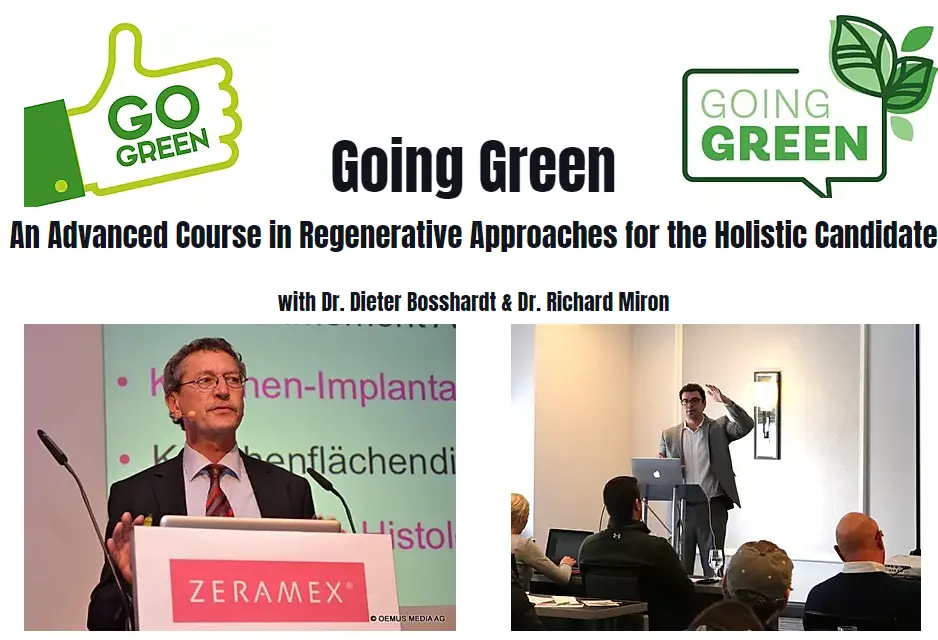

Location
- Renaissance Fort Lauderdale-Plantation Hotel
- 1230 S Pine Island Rd, Plantation, FL 33324, United States
More Info
Recent Posts
Date
- May 07 - 08 2021
- Expired!
Time
- All Day
Going Green – An Advanced Course in Regenerative Approaches for the Holistic Candidate

Going Green
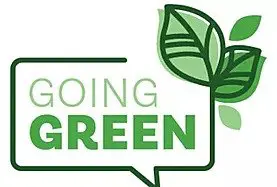
An Advanced Course in Regenerative Approaches for the Holistic Candidate
with Dr. Dieter Bosshardt & Dr. Richard Miron

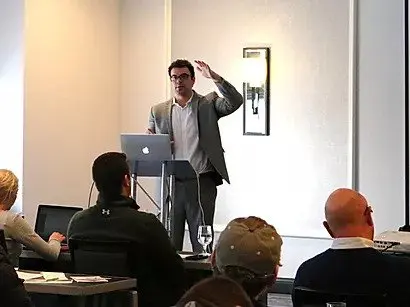
Zirconia Implants, Platelet Rich Fibrin, Dentin Grinding, and the Future of Osteoinductive Synthetic Bone Grafts
Date & Location
Going Green in 2021 May 7-8, 2021
Course Location: Nova Southeastern University
Partnering Hotel: Renaissance Fort Lauderdale-Plantation Hotel. 1230 S Pine Island Rd, Plantation, FL 33324
“Going Green is a first course of its kind designed to meet the growing demand for Holistic patients wishing to utilize more natural approaches in regenerative dentistry.”
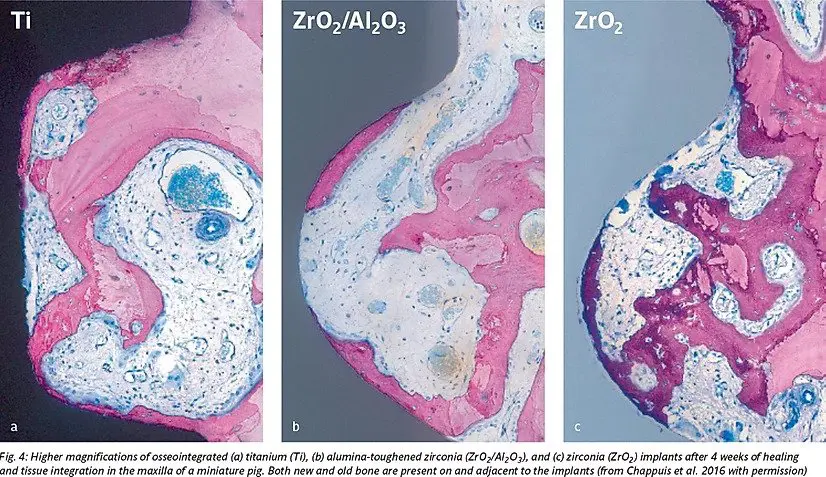
Course description
The Holistic candidate presents many challenges for the treating clinician. Not only are a limited number of ‘holistic’ dental products comparatively available, most largely fail in that a lower regenerative potential and/or factual, peer-reviewed data exists supporting their use. Going green aims to fill this gap of knowledge.
From the leading scientist who participated in the development of the Zeramex implant system (formerly DentalPoint) in the late 2000s, Dr. Dieter Bosshardt (Bern, Switzerland), the course provides a comprehensive review of the history and developmental phases of Zeramex implants. Years of animal research and concrete histological data will be presented from a leading scientist who spent years investigating implant surfaces at the histological level leading to their improvements and osseointegration into bone. Participants will gain valuable knowledge regarding histological differences between titanium, titanium alloys and various commercially available zirconia implants at both the bone and soft tissue level. An overview of titanium intolerance, as well as titanium particle release will be discussed as they relate to the current state of knowledge in the field.
Going Green will also provide an overview of ‘Holistic’ Biomaterials; their advantages and their limitations. From the author of the best-selling textbook ‘Next Generation Biomaterials for Bone and Periodontal Regeneration’, Dr. Richard Miron, an overview of bone grafting materials will be presented including the development of synthetically fabricated osteoinductive bone grafts, the growth and scientific literature surrounding dentin grafting, their protocols and indications. Furthermore, the ability to drastically concentrate PRF utilizing modern protocols (C-PRF) as well as extend the working properties of PRF from 2-3 weeks toward 4-6 months (e-PRF) utilizing the Bio-Heat technology will be presented providing the ‘holistic’ clinician a new long-lasting barrier membrane fabricated from 100% natural autologous sources.
This course is designed for the serious Implantologist wishing to better understand how to maximize clinical outcomes through a better understanding of zirconia implants and holistic biomaterials at work.
Unlike conventional ‘holistic’ courses, this course provides real scientific data published in leading dental journals to facilitate decision-making processes for the Holistic patient.

Course objectives
- Present data demonstrating differences between zirconia and titanium implants regarding their processing with acid and alkali etching. Explain their impact on osseointegration.
- Understand osseointegration at the microscopic level. Discuss the role of immune cells and multi-nucleated giant cells found specifically on zirconia implants.
- BIC values reported in the literature for zirconia implants placed in the jawbone ranged from 18% to 89% with most values in the order of 50%–75%. Understand why low-quality/unstudied zirconia implants dramatically affects osseointegration and why high quality researched zirconia surfaces are in greater demand.
- Understand the advantages of zirconia implants: from better soft tissue integration to a reduction in inflammatory titanium particle release to the surrounding micro-environment. Furthermore titanium undergoes corrosion whereas ceramic biomaterials do not.
- Present a classification of bone grafting materials and their biomaterial integration process at the histological level.
- Discuss available bone grafting material candidates for the holistic dentist/patient. Understand where and when to utilize each class of synthetic bone graft. Understand why one class of synthetic bone grafting material is not a viable solution for all grafting procedures.
- Understand how to maximize the regenerative potential of platelet rich fibrin utilizing horizontal centrifugation. Determine the optimal protocols utilizing concentrated PRF (C-PRF).
- Learn new protocols developed to extend the working properties of platelet rich fibrin (e-PRF) from 2-3 weeks to 4-6 months utilizing Alb-PRF technology.
Going Green: an Advanced Course in Regenerative Approaches for the Holistic Candidate
Day 1
(Implant Osseointegration and Maintenance)
Morning
8:30 AM to 10:30 AM: Osseointegration of dental implants over the years.
Dr. Bosshardt presents 30 years of research on dental implants from titanium to zirconia. Learn the histological differences between zirconia implant integration and titanium implant integration from one of the leading dental histologists in the world.
10:30 AM - 11:00 AM: Break
11:00 AM - 12:30 PM: How to maximize the regenerative potential of platelet concentrates
Dr. Miron presents new data on concentrated-PRF (C-PRF) with 3 times higher growth factor content compared to standard i-PRF protocols. Furthermore, the ability to extend PRF (e-PRF) from 2-3 weeks to 4-6 months will be presented utilizing Bio-Heat technology.
12:30 PM - 1:30 PM: Lunch
Afternoon
1:30 PM - 2:45 PM: Titanium implants and titanium particle release and corrosion. Text Here
What every clinician should know (Zirconia implants do not corrode). How destructive is titanium particle release?
2:45 PM - 3:15 PM: Break
3:15 PM - 5:00 PM: Vitamin D deficiency and implant failure. Why is it particularly relevant to zirconia implants?
How to optimize the situation? Live demonstrations of Vitamin D testing kits performed within 10 minutes (www.dentamedica.us). How to utilize supplement recovery programs to avoid failures.
- Live demos testing vitamin D for deficiency
- Live demos creating Alb-PRF with extended working properties from 2-3 weeks to 4-6 months.
Day 2 (Biomaterials)
Morning
8:30 AM to 10:30 AM: Osseointegration of biomaterials at the histological level.
Dr. Bosshardt separates fact from fiction when it comes to integration of autogenous bone versus leading biomaterials and presents some updates on synthetic bone grafts. Updates on novel synthetic bone grafts will then be presented with histological evidence-based data.
10:30 AM - 11:00 AM: Break
11:00 AM - 12:30 PM: Understanding synthetic bone grafts and their regenerative properties
Dr. Miron will present novel data derived from the world’s first commercially-available osteoinductive synthetic bone graft.
12:30 AM - 1:30 PM: Lunch
Afternoon
1:30 PM to 2:30 PM: Growth factors, biomaterials and dental implants.
How to make a winning combination in implant dentistry with the use of growth factors and collagen-derived biomaterials.
2:30 PM to 3:00 PM: Break
3:00 PM to 5:00 PM: Dentin Grinding – a natural regenerative approach to bone grafting.
- Live Demos of dentin grinding
- Live Demos creating a Dentin BioBone matrix
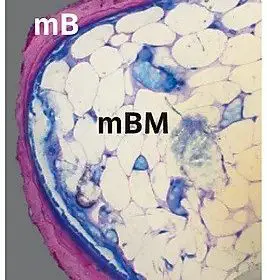
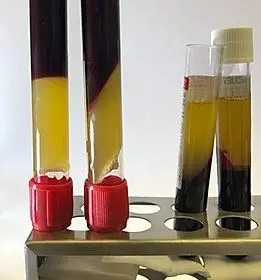
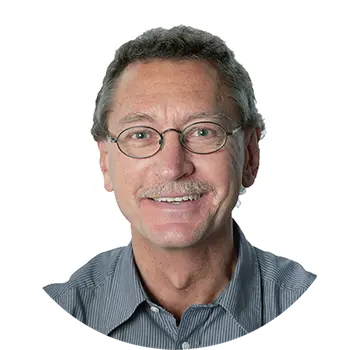
Dr. Dieter Bosshardt
Short Bio Sketch
Dieter Bosshardt, PhD, is Associate Professor and Head of the Robert K. Schenk Laboratory of Oral Histology at the School of Dental Medicine, University of Bern, Switzerland. His main scientific interests lie in the fields of dental implant osseointegration of both titanium, zirconia and alloys, tooth development, in particular cementogenesis, periodontal tissue regeneration, bone regeneration, and hard and soft tissue healing events around dental implants and other biomaterials such as bone substitute materials, barrier membranes, and matrix scaffolds. He has authored more than 200 original articles, review articles, case reports, and book chapters and is widely considered by his peers as being the top oral histologist in the world. He is a member of the International Team for Implantology (ITI) and the Osteology Research Academy (ORA).
